|
Icon
|
Project type and supervisor
|
Project title and brief description
(Click title for details) |
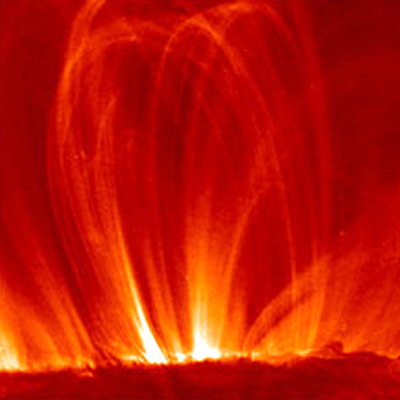
|
Modeling with
Sean Brannon
|
Effects of Flux Tube Geometry on Conduction-driven Evaporation
Solar flares are triggered by reconnection of magnetic field lines in the corona. The newly reconnected flux
tubes release free magnetic energy by supersonically contracting toward the solar surface. This generates
reconnection shocks, across which thermal conduction deposits energy in the lower atmosphere, and in turn,
drives plasma upflows known as chromospheric evaportation. In this project, we study
how the upflow characteristics depend on the geometry of the reconnection-formed flux tube.
|

|
Data analysis with
Philip Judge
|
Super-fast Phenomena in the Sun's Atmosphere
If we see something "moving faster than light",
it can only be an apparent motion. Recent
imaging-spectral observations have revealed
phenomena moving very fast through the Sun's atmosphere.
In this project, we will analyze these observations to determine
the nature of the super-fast apparent motions, and to
understand whether they are associated with
flows of mass, momentum and energy.
|
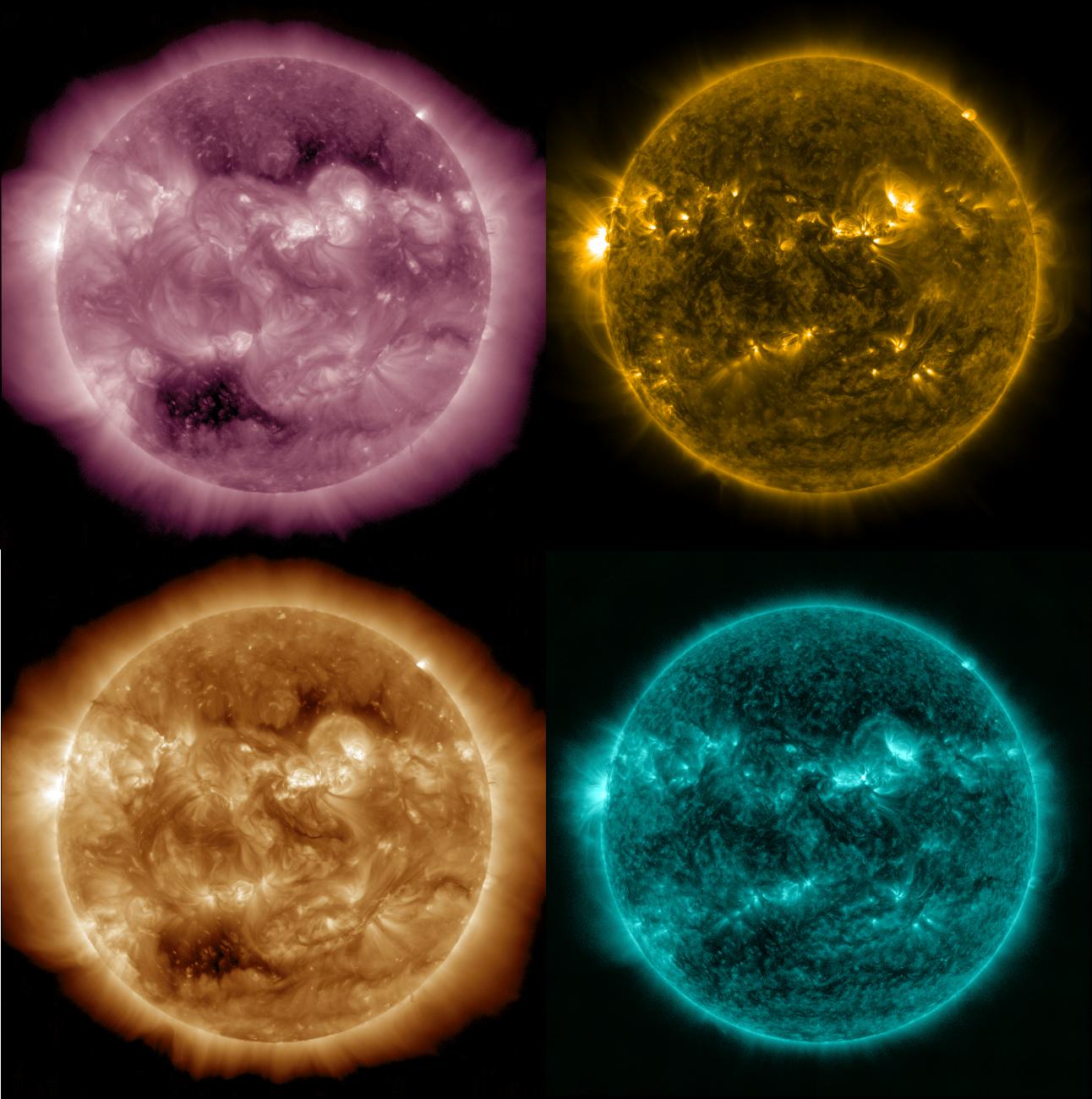
|
Data analysis with
Charles Kankelborg
and
Sarah Jaeggli
|
Global Characteristics of the Solar Corona
The solar corona is imaged in a number of different EUV bands that are dominated by plasma emissions at
different temperatures. We will apply Fourier and wavelet analysis to a large number of these images
obtained by Solar Dynamics Observatory, and study the morphology of the sun's corona.
By this study, we will test the hypothesis that the apparent differences may be related to a few basic
physical parameters such as scale height or volume filling factor.
|

|
Modeling with
Dana
Longcope
|
Simulating Shocks in Solar Flares
Solar flares occur when a large amount of magnetic energy is released through magnetic
reconnection and converted into thermal and kinetic energy of plasmas.
Post-reconnection magnetic field lines retract like an elastic string, and
create shocks that can heat plasma to tens of millions of Kelvins. In this project
the student will run a computer program to solve the dynamical equations for the retracting
field line, and study how the shape of the initial field line influences the density
and temperature of the shocked fluid.
|
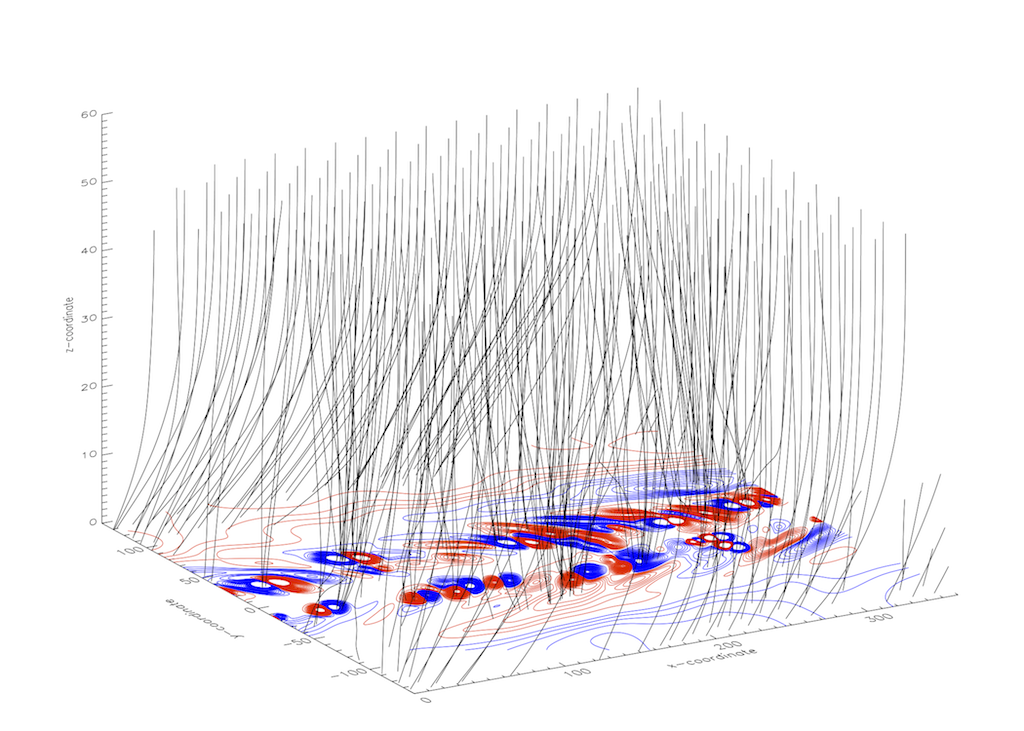
|
Data analysis with
Chris Lowder
|
Global Transient Coronal Hole Tracking
Transient coronal holes, or coronal dimmings, are regions with much reduced emission in extreme-ultraviolet (EUV) or x-ray wavelength
images of the sun. These events can occur in association with coronal mass ejections, when magnetic field
configuration is changed allowing plasmas to expand or lift off.
In this project, we will analyze coronal images obtained by Solar Dynamic Observatory to study
evolution of coronal dimming signatures for several associated eruptive events.
|
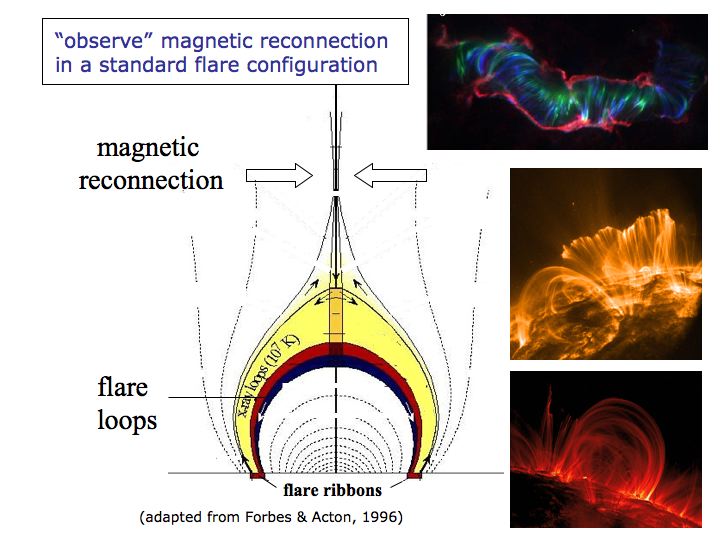
|
Data analysis with
Jiong Qiu
and
Angela Des Jardins
|
Inferring Energy Release from UV and HXR Observations of Flares
Flares are spectacular energy release events governed by magnetic reconnection.
The student will study the evolution of flare radiation signatures
in magnetic tubes (loops) formed during reconnection,
measure parameters of magnetic reconnection and plasma evolution, and search for
better understanding of the relationship between magnetic reconnection
and energization of plasmas or particles in flare loops.
|
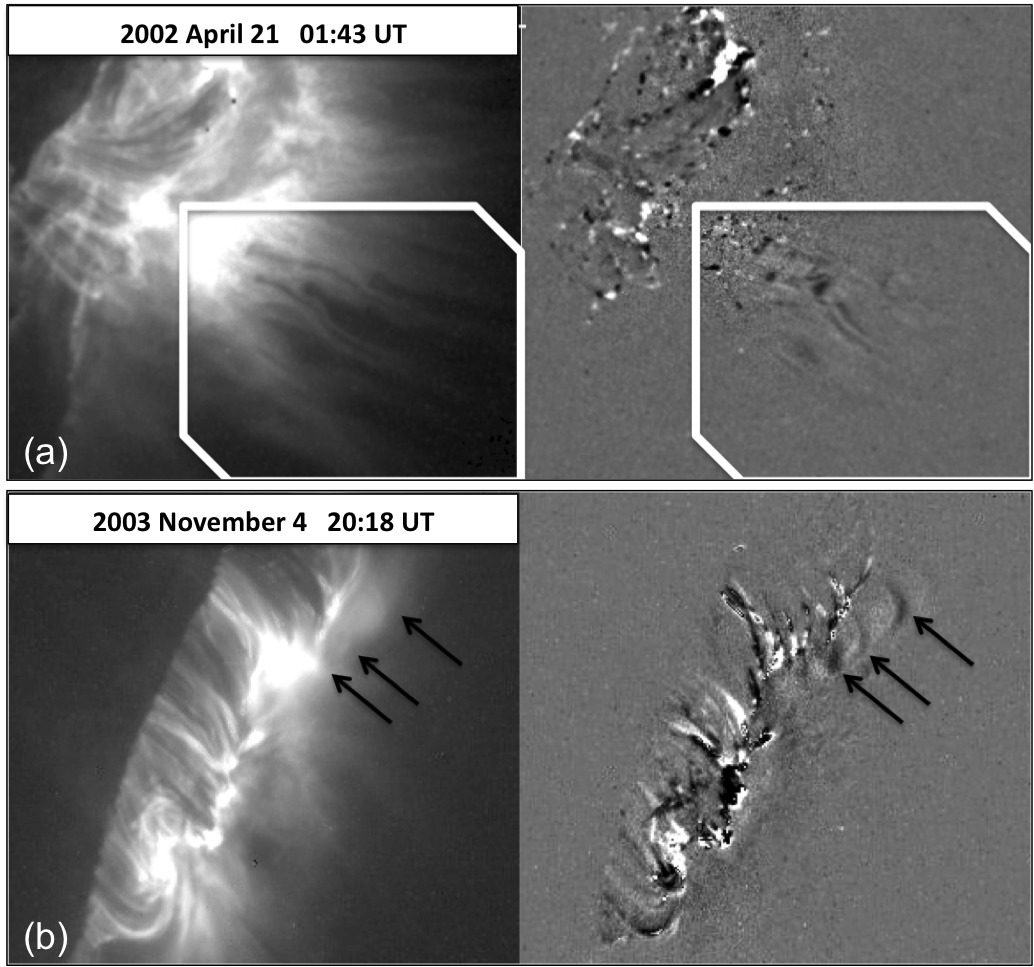
|
Modeling with
Roger Scott
|
Peristaltic Pumping in Post-CME Supra-Arcades
In recent years observations have revealed extremely dynamic plasma and magnetic field behavior
above large scale coronal arcades - the supra-arcades, where the electric current sheet structure
is located. In particular, magnetic reconnection forming these arcades may drive flows and shocks
in the surrounding plasma. In this project, we will analyze kinematics of the
descending magnetic structure and the dynamics of nearby plasmas and fields, and relate the analysis with
state-of-the-art observations. |
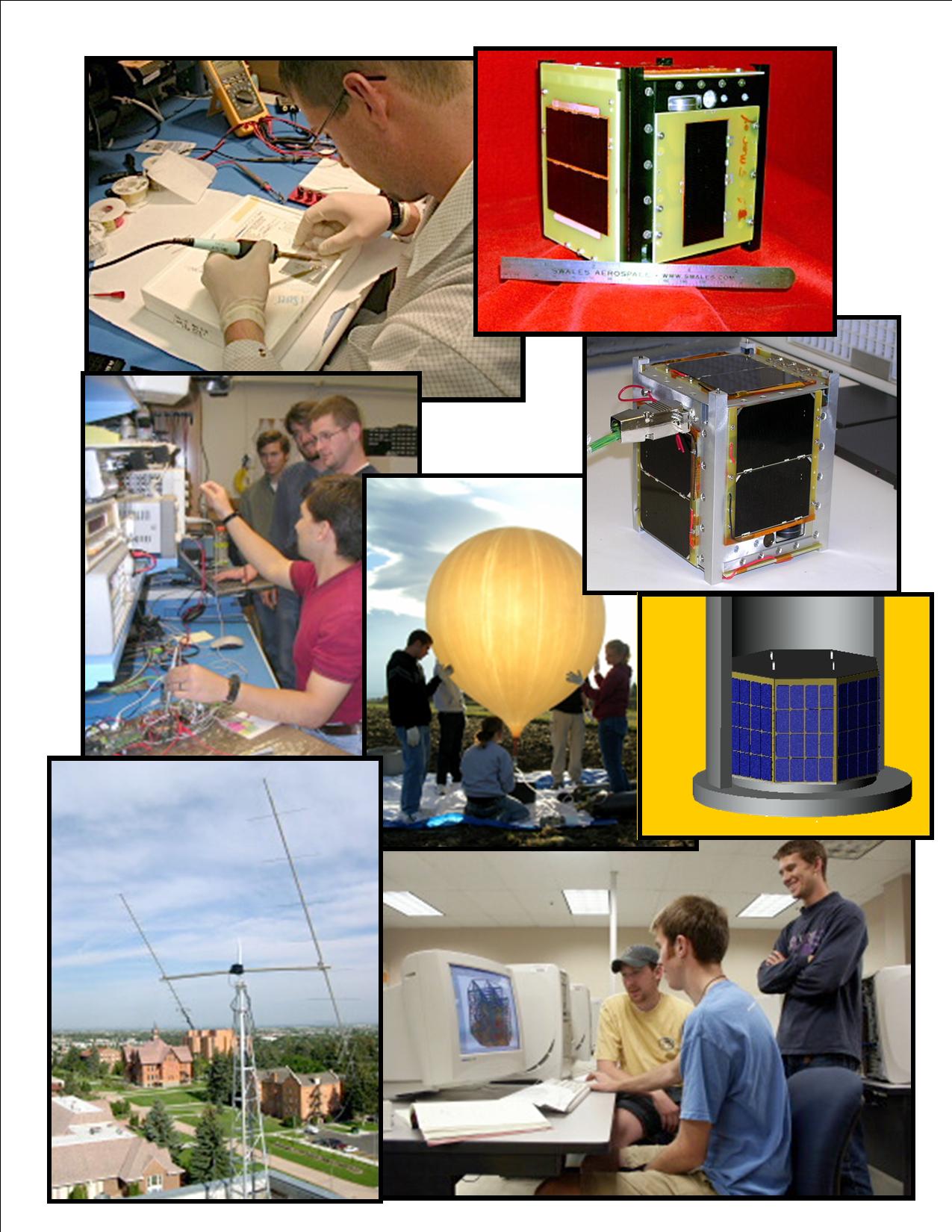
|
Hardware development with
David
Klumpar
|
Space Hardware Development: Space Flight Systems for Space Science
MSU's Space Science and Engineering Laboratory (SSEL) involves students in highly responsible
roles in science and engineering associated with the development of space flight systems for
scientific applications. The student(s) will develop spaceflight hardware through design,
development, and testing as a member of an interdisciplinary project student team. Participants must be U.S. citizens.
|







